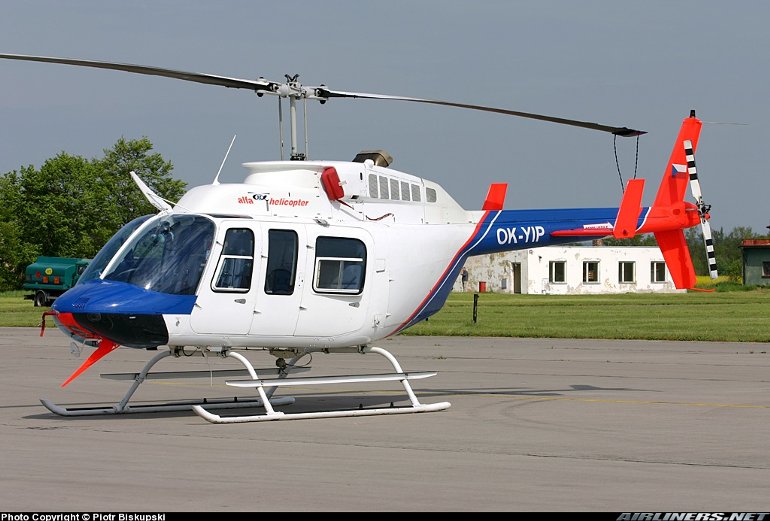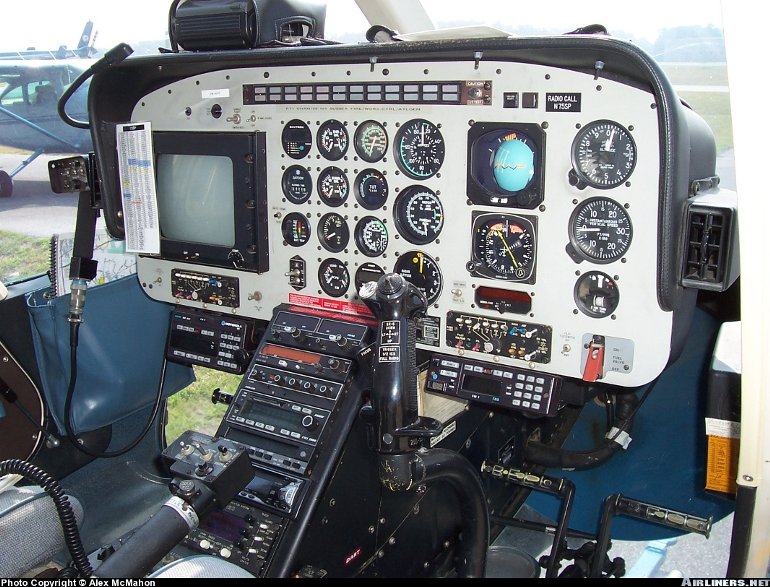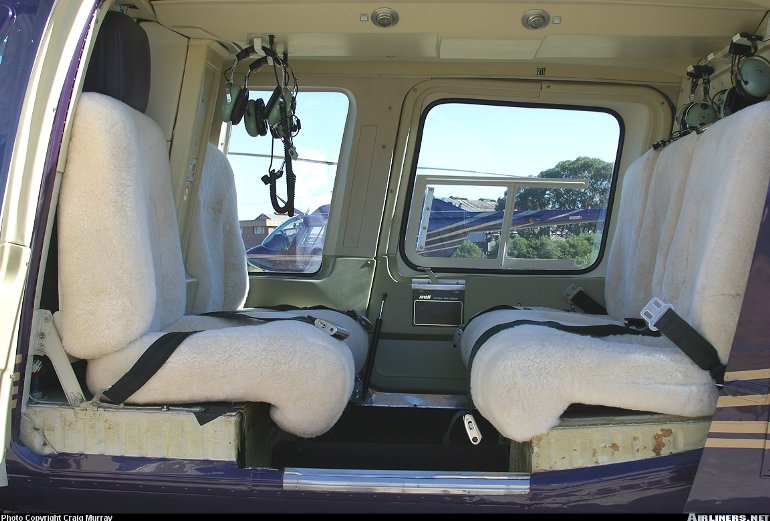Aircraft Technical Data
Bell 206L LongRanger



| Details | |
| Country of Origin | United States of America |
| Type | Light utility helicopter |
| History | Bell developed the LongRanger to offer a light helicopter with greater capacity and utility over the JetRanger. Bell announced it was developing a stretched JetRanger in September 1973, the subsequent Model 206L flew for the first time on September 11 1974, and production began in early 1975. The LongRanger seats a further two passengers compared to the JetRanger, and introduced a more powerful engine and NodaMatic transmission suspension system for greater passenger comfort. Subsequent versions have been the 206L1 LongRanger II, introduced in 1978, the 206L3 LongRanger III, and the current 206L4 LongRanger IV, introduced in 1992. Each subsequent version features increasingly more powerful engines and other minor improvements. LongRanger production, along with the JetRanger, was transferred to Mirabel in Canada in 1986. The LongRanger has found favour not only as a corporate transport, but with police and medical services worldwide, its extra cabin size providing a very useful increase in utility. Bell currently offers a twin engined LongRanger, the TwinRanger, while a US company offers the twin engine Gemini ST conversion of the LongRanger. It also forms the basis of the 407. |
| Powerplants | 206L LongRanger I - One 315kW (420shp) Allison 250C20B turboshaft driving a two blade main rotor and two blade tail rotor. 206L1 LongRanger II - One 375kW (500shp) Allison 250C28B. 206L3 LongRanger III & 206L4 LongRanger IV - One 485kW (650shp) Allison 250C30P. |
| Performance | 206L - Max speed 232km/h (125kt), cruising speed 229km/h (124kt). Hovering ceiling in ground effect 8200ft. Range 628km (339nm). 206L1 - Same except for range 692km (374nm). 206L3 - Max speed 241km/h (130kt), max cruising speed 203km/h (110kt). Range with no reserves 666km (360nm) at 5000ft. 206L4 - Same except for range 661km (357nm) at 5000ft. |
| Weights | 206L - Empty 844kg (1861kg), max takeoff 1814kg (4000lb). 206L1 - Empty 980kg (2160lb), max takeoff 1882kg (4150lb). 206L3 - Empty 998kg (2200lb), max takeoff 1882kg (4150lb), or 1927kg (4250lb) with external sling load. 206L4 - Empty 1031kg (2274lb), max takeoff 2018kg (4450lb), or 2064kg (4550lb) with external sling load. |
| Dimensions | Main rotor diameter 11.28m (37ft 0in), fuselage length 206L & 206L1 10.13m (33ft 3in), 206L3 10.44m (34ft 3in), 206L4 - 9.81m (32ft 2in); height 3.14m (10ft 4in). Main rotor disc area 99.9m2 (1075.2sq ft). |
| Capacity | Total seating for seven, including five passengers in main rear cabin, or four in an optional executive layout. Can accommodate two stretchers and two medical attendants in aerial ambulance configuration. External sling load capacity of 907kg (2000lb). |
| Production | More than 1600 LongRangers have been delivered including a small number for military customers. |
| Related Links | Bell 206L LongRanger |
The backbone of this section is from the The International Directory of Civil Aircraft by Gerard Frawley and used with permission. To get your own copy of the book click here. |
|








